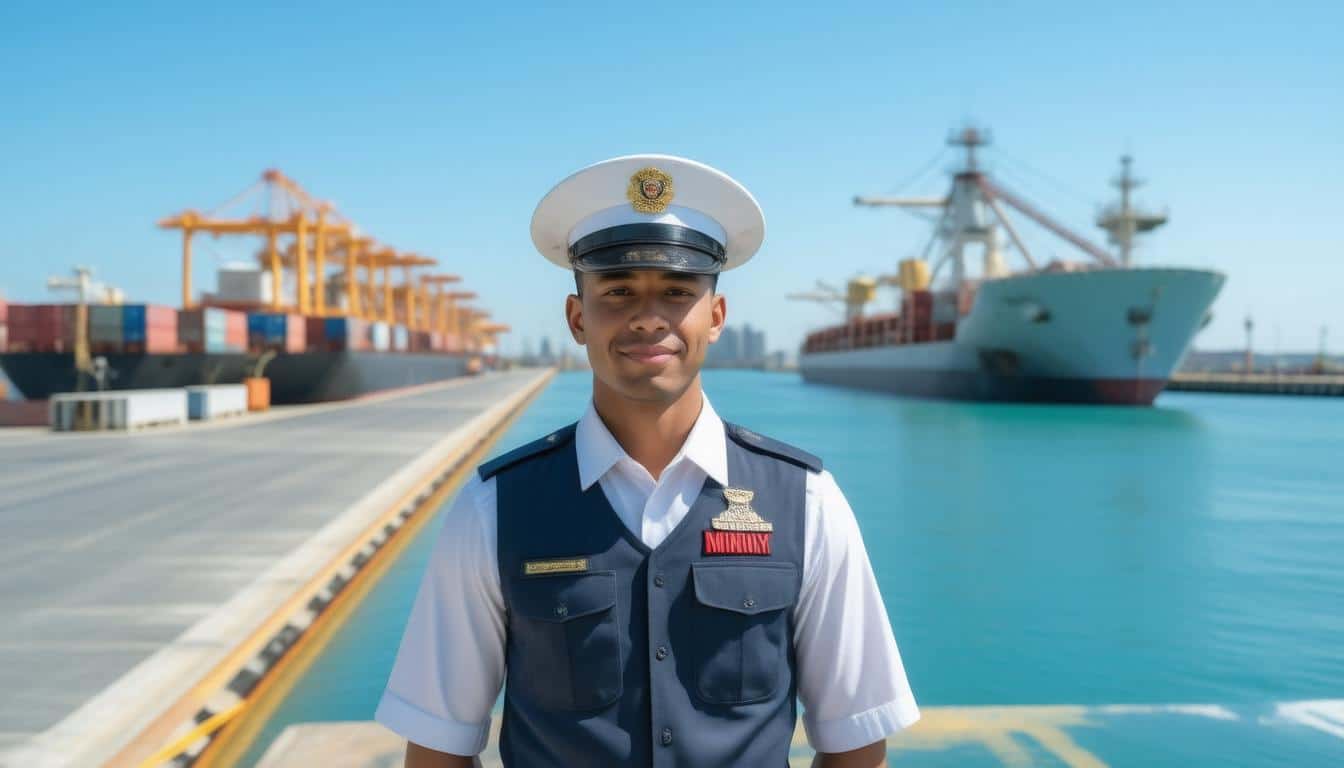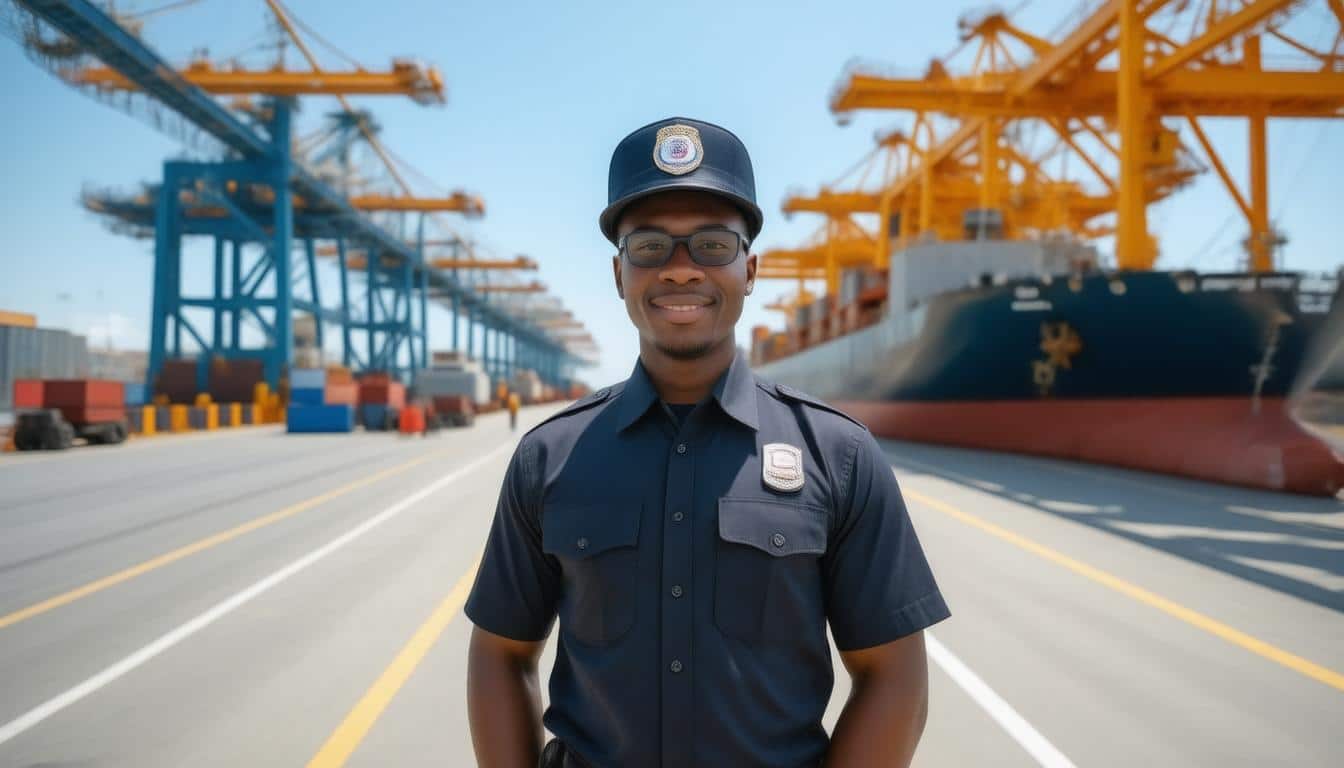As the maritime industry continues to modernize, the integration of technology on ships has opened new avenues for efficiency and communication. However, with these advancements come significant cybersecurity risks that cannot be overlooked. In this article, we will explore how hackers target ships, delve into the common cybersecurity risks at sea, and discuss the importance of implementing robust security measures to safeguard maritime operations.
Key Takeaways
- Cybersecurity risks in the maritime industry are growing as ships become increasingly interconnected.
- Hackers commonly exploit vulnerabilities through methods like phishing, ransomware, and remote access attacks.
- Cyber attacks on ships can lead to operational disruptions, financial losses, and reputational damage.
- The consequences of cyber incidents can jeopardize the safety of crew members and cargo.
- Implementing best practices, such as regular training and system updates, is essential for enhancing ship cybersecurity.
Overview of Cybersecurity Risks in Maritime Industry
The maritime industry, while vital for global trade and travel, faces unique and evolving cybersecurity risks. Understanding how hackers target ships is essential for ensuring the safety and security of both vessels and the sensitive data they handle. Common cybersecurity risks at sea include outdated software on navigation systems, vulnerabilities in onboard networks, and inadequate crew training on cyber threats. Often, hackers exploit these weaknesses through phishing attacks, ransomware, or directly accessing critical systems via unsecured communication channels. Moreover, as the vessels become more interconnected with the internet and rely on advanced technologies like the Internet of Things (IoT), the potential attack surface grows, leading to an increased risk of cyber incidents. By recognizing these common vulnerabilities, maritime companies can implement effective strategies to bolster their cybersecurity defenses and safeguard their operations.
Common Methods Used by Hackers to Target Ships
In today’s digital age, understanding how hackers target ships is crucial for maritime security. One prominent method employed by cybercriminals is the exploitation of outdated software and hardware systems aboard vessels. Many ships rely on legacy systems that are no longer supported with security updates, making them prime targets for cyber-attacks. Additionally, phishing schemes are rampant in the maritime industry, with hackers often impersonating trusted entities to gain access to sensitive information. This is particularly effective during crew training exercises or while at sea, where communication lapses may occur. Furthermore, maritime systems connected to the internet, such as GPS navigation and automated vessel control systems, can be vulnerable to attacks. These sophisticated cyber intrusions highlight the critical need for comprehensive cybersecurity measures, as the repercussions of successful attacks can lead to significant disruptions, financial losses, and jeopardize the safety of crews at sea.
‘The internet is becoming the town square for the global village of tomorrow.’ – Bill Gates
Consequences of Cyber Attacks on Maritime Operations
As the maritime industry increasingly relies on technology for navigation, communication, and cargo tracking, the risks associated with cyber attacks have escalated dramatically. Understanding how hackers target ships is crucial for ensuring the safety and security of maritime operations. Cybersecurity risks at sea can lead to dire consequences, ranging from financial losses and operational disruptions to catastrophic incidents that threaten crew safety and environmental integrity. For instance, a successful cyber intrusion could disable navigation systems, leaving a vessel adrift and vulnerable to collisions or grounding. The repercussions extend beyond individual ships; they can ripple through supply chains, disrupt global trade, and undermine the reputation of entire shipping companies. Furthermore, the increasing sophistication of cyber threats, such as ransomware and phishing attacks, necessitates a robust cybersecurity strategy that includes employee training, regular system audits, and adherence to industry best practices. By staying informed about how hackers target ships and implementing proactive measures, stakeholders in the maritime sector can mitigate these risks and fortify their defenses against the growing tide of cyber threats.
Best Practices for Enhancing Cybersecurity on Ships
In an era where maritime operations increasingly rely on technology, understanding how hackers target ships has become crucial for protecting vessels from cyber threats. Ships are now equipped with various digital systems to optimize navigation, cargo handling, and communication. However, these advancements also introduce common cybersecurity risks at sea, including inadequate system updates, unsecured wireless networks, and untrained crew members. To combat these vulnerabilities, the best practices for enhancing cybersecurity on ships involve implementing a robust cybersecurity framework. This includes regular security audits, ensuring that all software is up-to-date, and conducting comprehensive training programs for crew members on identifying phishing attacks and other cyber threats. Furthermore, establishing a protocol for incident response can significantly mitigate the impact of potential cyber incidents, ensuring that the ship remains secure while operating in the vast ocean.















